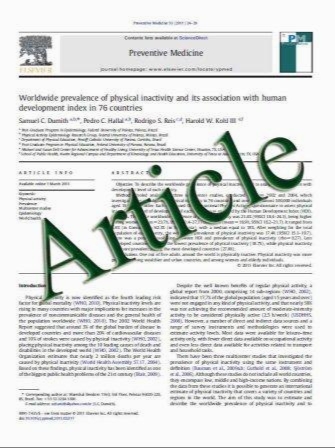Juguloarterial Endothelin-1 Gradients After Severe Traumatic Brain Injury
- نوع فایل : کتاب
- زبان : انگلیسی
- مؤلف : Doris A. Chatfield • Darshan H. Brahmbhatt • Tilly Sharp • Iain E. Perkes • Joanne G. Outrim • David K. Menon
- چاپ و سال / کشور: 2011
Description
Background Endothelin-1 (ET-1) is a potent vasoconstrictor and is thought to be responsible for secondary ischemia and vasogenic edema after traumatic brain injury (TBI). Both CSF and plasma concentrations have been shown to be increased after TBI, but there is little evidence to confirm an intracranial site of production. Methods Using paired arterial and jugular venous bulb sampling, we measured arterial and jugular levels of ET-1 and its precursor, big endothelin (Big ET), and calculated juguloarterial (JA) gradients for the first 5 days post-TBI. Results Arterial levels of both Big ET and ET-1 were maximal on day 1 post-TBI, and decreased thereafter (P < 0.05). Arterial levels of Big ET and ET-1 showed correlation across all 5 days of the study (r2 = 0.25, P < 0.001). While there was no significant JA gradient for Big ET, significant gradients were observed for ET-1 on days 1–4 post-TBI (P < 0.05). There was no correlation between JA gradients for Big ET and ET-1 (r2 < 0.1, P > 0.9). These data suggest parenchymal production of ET-1 by brain tissue with spill over into the blood, rather than local intraluminal cleavage of Big ET in the cerebral vasculature. Systemic ET-1 levels and JA gradients of ET- 1 were unrelated to the injury severity, APACHE II score, Marshall Grade, the presence of subarachnoid or subdural hemorrhage, or eventual outcome. Conclusions These findings confirm the synthesis of Big ET and its cleavage to ET-1 within the brain after TBI. More work is needed to elucidate the pathophysiological role and the outcome impact of ET-1 generation after TBI.
Neurocrit Care (2011) 14:55–60 DOI 10.1007/s12028-010-9413-7 Published online: 23 July 2010


